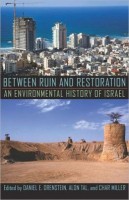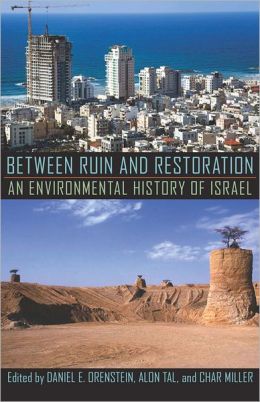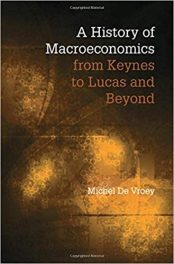 Editors: Daniel E. Orenstein, Alon Tal, and Char Miller
Editors: Daniel E. Orenstein, Alon Tal, and Char Miller
Publisher: University of Pittsburgh Press – 400 pages
Book Review by: Deekay Daulat
A collection of insightful essays written by 18 specialists in various aspects of agriculture, defense forces, desertification, ecology, environment, land use, law, immigration, international relations, militarism, natural resources, open space, party politics, population growth, water, wildlife, and other matters that affect the way people live, this book surveys the past, and presents the current challenges and controversies that the Israelis face.
The editors point out at the outset the horrific Mt. Carmel forest fire of December 2010 that killed 44 people, destroyed or damaged some 250 structures, and charred 2200 hectares (5,436 acres) that constituted one-third of the Mt. Carmel forest cover. Ironically, among the trees that burned down were in the 600-hectare land area of the Haibar Nature Preserve.
They quote from a Jerusalem Post news item: “Entire mountainsides that were once green are now black with skeletons of burnt trees pointing into the sky.”
That fire also brought a firestorm of public opinion and fingers were pointed at many groups and factors, including the failure of Israel’s firefighting operations, not seeking international help, miniscule budgets, and political factors. Calls were also brought forth for the resignation of key cabinet members.
But the editors point out that over the millennia, these forests have become “fire adapted, a consequence of biology and history, of natural and anthropogenic sculpting across thousands of years. That being so, these ecosystemic realities and historical forces must guide policy makers as they craft new fire-management practices in the aftermath of the tragic Mt. Carmel fire; if they do not, some of its key lessons will have been lost.” In other words, oftentimes, what we humans do, or do not do, cause large and difficult-to-control forest fires.
Orenstein, Tal and Miller assert that while there is a reciprocal relationship between the natural environment and human development, we have the ability to manage the environmental factors that we face, especially in the areas of agriculture, development of our resources, trade and transportation.
This book provides a broad historical overview – from biblical times to the present, with more attention on the last some 150 years – of the environment in Israel. The writers of the articles come from academia, professionals in related fields, and retired policy makers from government.
Israel, with just 8,630 square miles of land, had a population of 8,012,400 as of March, 2013, according to figures of the country’s Central Bureau of Statistics. It is bound on the west by the Mediterranean Sea and the Gaza Strip, on the east by Jordan, on the north by Syria and Lebanon, and on the south by the Persian Gulf.
Its mostly land-locked and limited land area varies from forests to deserts, with not much water to sustain humans, animals and vegetation. Israel’s natural environment presents numerous challenges to a growing, though resourceful population.
This is an excellent book that reviews and presents Israel’s environmental history. It discusses related problems and possible solutions. The capable editors and knowledgeable contributors have done marvelous job of making us aware of many of the pertinent issues of this little-known aspect of Israel.
Daniel E. Orenstein is senior lecturer in the faculty of architecture and town planning at the Technion-Israel Institute of Planning.
Alon Tal is associate professor in the Institute for Dryland Environmental Research at Ben-Gurion University of the Negev in Beer-Sheva, Israel. He is the author or editor of several books, including Water Wisdom: Preparing the Groundwork for Cooperative and Sustainable Water Management in the Middle East and Speaking of Earth: Environmental Visions and Speeches.
Char Miller is director of the Environmental Analysis Program and the W.M. Keck Professor of Environmental Analysis at Pomona College in California. He is the author or editor of numerous books, including Public Lands/Public Debates: A Century of Controversy and Out of the Woods: Essays in Environmental History







